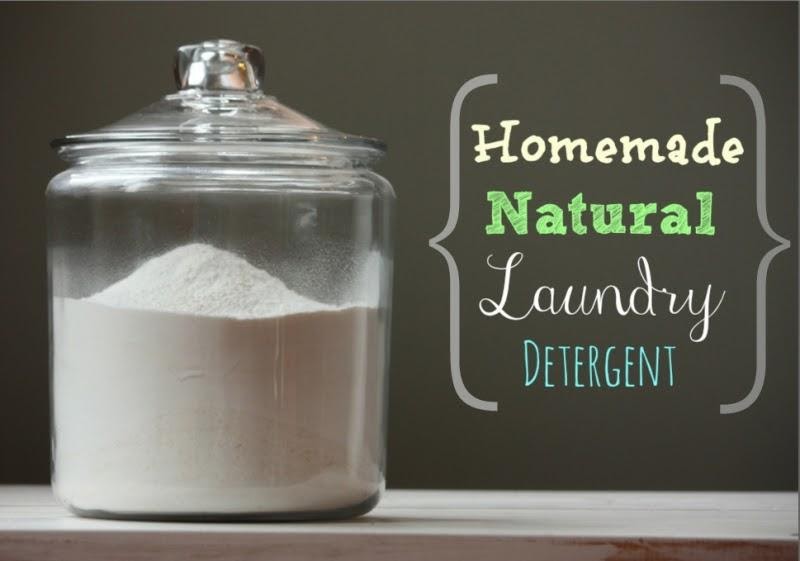
Not only does what we breathe, drink, and ingest affect our health, but also the products we use to clean and beautify ourselves have a significant impact on our health. Our home cleaning products as well as the daily hygiene products that we use affect our bodily systems and ultimately go back into our environmental systems, which eventually affects us all. Keeping a chemical free home is the first step to turning our bodies, home, and our environment into less toxic places.
Chemical synthetics are used in the making of mass-produced home products for convenience and affordability. It is essential to be informed so that we can protect our family and environment from becoming toxic playgrounds. The chemical synthetics that are easily made available to us are unable to break down naturally or biodegrade, which then accumulates in our fatty tissues and creates toxicity.
Toxic Ingredients are found in many of the products we buy at our friendly grocers. There are minimal regulations imposed on companies who produce these products regarding the amount of toxic ingredients they use. Quite often, these harmful products should possibly be banned altogether. When purchasing these cleaning products, it is also good to keep in mind that some unethical companies have evolved to advertise “green”. This massive misrepresentation is a concern since these products contain questionable ingredients.
The Environmental Working Group (EWG) has listed more hazardous chemical additives found in conventional cleaning products. You can check out their App to check up products you are regularly purchasing.
Have a look at some of these common ingredients added to everyday household cleaning products. What does it look like under your kitchen sink, and could your home possibly encourage a better environment?
| Chemical Additive | Problem with Exposure | Products Found In |
| Fragrance | Mild irritants, suspect carcinogens, often extended by the presence of endocrine-disrupting phthalates | Household products |
| QUATSQuaternary Ammonium Compounds | Inflammatory reactions and dermatitis breaks down to form formaldehyde (a carcinogen) | Antibacterial Household cleaners |
| 2-Butoxyethanol | Respiratory irritant (odor of window cleaners) | Window cleaners and many kitchen and multi-purpose cleaners |
| Petroleum | Suspected of containing residues of known carcinogens, Benzo A Pyrene and Benzo B Fluoranthene | Common petrochemical additive in household products |
| Chlorine | Respiratory irritant with exposures through public water supplies, fumes, and cleaning agents. Potential of thyroid disruption | Common in Scouring powders, toilet bowl cleaners, mildew removers, laundry whiteners |
A great alternative is to try DIY! “Do it yourself”, DIY puts you in control in creating a safer home environment. Once you get started, you will find it to be surprisingly easy and fun to do. Once you have filled your cupboards with vinegar, baking soda, washing soda, Castile soap, vegetable glycerine and some pure essential oils you will be ready to take on all kinds of dirt in your home. Another gem of combining essential oils into your DIYS is that not only do we reduce risks and exposures to toxins, but the oils also provide excellent cleaning benefits and support our body systems.
Home Cleaning Recipes
Carpet Deodorizer
2 cups baking soda
25 drops of essential oil
Shake well before each use and store in an air-tight container. Sprinkle over carpets and sofas before vacuuming.
Fabric Softener
½ cup white vinegar
2 tablespoons baking soda
25 drops lavender oil or lemon oil
Mix as a paste in a small blow. Transfer to the fabric softener holder of the washing machine. Use during washer’s rinse cycle.

Simple Laundry Powder
4 cups baking soda
3 cups washing soda
2 cups grated castile soap bar (baby mild unscented)
20 drops lavender essential oil
10 drops lemon essential oil
(You can change the oil for your preference. You don’t smell the oils in the finished wash)
Mix baking soda with essential oils, add washing soda (be careful when mixing, it can be an irritant) then Castile and either mix or shake in a large container. Use a large tablespoon for each regular load. You may choose to add a spoon of borax for whites/towels/really dirty loads.
Bathroom Cream Cleaner
½ cup baking soda
15 drops essentials oils (lemon, thieves, eucalyptus, tea tree or substitute with a capful of thieves cleaner)
Liquid castile soap
Mix oils with baking soda and then add castile gradually until the desired consistency. If you are storing this, you will need to give it a mix before each use.
Share
Picture Credit : Unsplash – jeshoots.com

